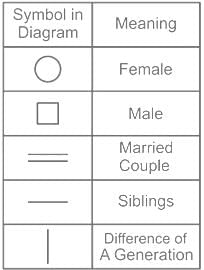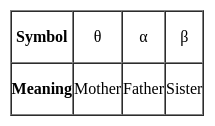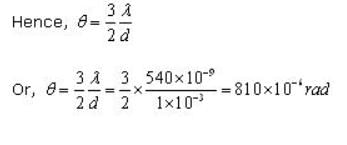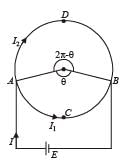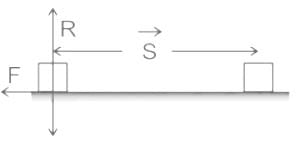HPSC PGT Physics Mock Test - 2 - HPSC TGT/PGT MCQ
30 Questions MCQ Test - HPSC PGT Physics Mock Test - 2
During ancient times, Bahadurgarh town of the state was known as
In January 2022, who among the following has been appointed as the Chairman of the Indian Council of Historical Research (ICHR)?
A θ B means A is mother of B, A α B means A is father of B, A β B means A is sister of B. What does L θ Z β T mean?
Suppose that you just entered the classroom for your regular sessions. Someone among the backbenchers passed a comment on you. Being a teacher, what would be your instant reaction to this situation?
Consider a car moving on a straight road with a speed of 100 ms-1. The distance at which car can be stopped, is .
[AIEEE 2005]
A metallic conductor of irregular cross-section is as shown in the figure. A constant potential difference is applied across the ends (1) and (2). Then :
Two equipotential surfaces have a potential of -10V and 90V respectively, what is the difference in potential between these surfaces?
The figure shows a dish kept at an orientation with a marble placed on it. If the marble in figure is displaced slightly, it would rattle about for a while and come to rest in its original place. This is an example of :
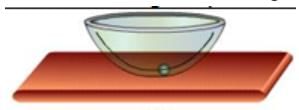
Which of the following doesn’t use the application of Conservation of Angular Momentum?
A small circular ring has a uniform charge distribution. On a far-off axial point distance x from the centre of the ring, the electric field is proportional to
Error in the measurement of radius of a sphere is 1%. The error in the calculated value of its volume is:
What is the angular spread of the first minimum and the central maximum when diffraction is observed with 540 nm light through a slit of width 1mm?
The kinetic energy of a body executing S.H.M. is 1/3 of the potential energy. Then, the displacement of the body is x percent of the amplitude, where x is
A force time graph for the motion of a body is as shown in figure. Change in linear momentum between 0 and 6 s is
STATEMENT-1 A cloth Covers a table. Some dishes are kept on it. The cloth can be pulled out without dislodging the dishes from the table
because
STATEMENT-2 For every action there is an equal and opposite reaction
A person is in a room whose ceiling and two adjacent walls are mirrors. How many images are formed?
Referring to the Young’s double slit experiment, Phase difference corresponding to a Path Difference of λ /3 is
A battery is connected between two points A and B on the circumference of a uniform conducting ring of radius r and resistance R. One of the arcs AB of the ring subtends an angle q at the centre.The value of the magnetic induction at the centre due to the current in the ring is
The mass of an electron is 9 x 10-31 kg. It revolves around the nucleus of an atom in a circular orbit of radius 4.5 Å, with a speed of 8 x 105m/s. The angular momentum of electron is
The distance travelled by a particle executing SHM in 10 s, if the time period is 3 s, is
(It is given that the body starts from A√3/3 from equilibrium position, moves is positive direction at t = 0)
The relative error in a physical quantity raised to the power k is:
Measurement of a physical quantity is essentially the:
Two coherent monochromatic light beams of intensities I and 4I are superposed. The maximum and minimum possible intensities in the resulting beam are:
An automobile travelling at a speed of 60 km/h, can apply the brake to stop within a distance of 20 m. If the car is going twice as fast, i.e. 120 km/h, the stopping distance will be:
[AIEEE 2004]
Which one of the following, when suspended freely, slowly sets itself parallel to the direction of the magnetic field?
A 500-loop circular wire coil with radius 4.00 cm is placed between the poles of a large electromagnet. The magnetic field is uniform and makes an angle of 60∘ with the plane of the coil; it decreases at 0.200 T/s . Magnitude of induced emf is
Which of the following forces is non-conservative in nature?



